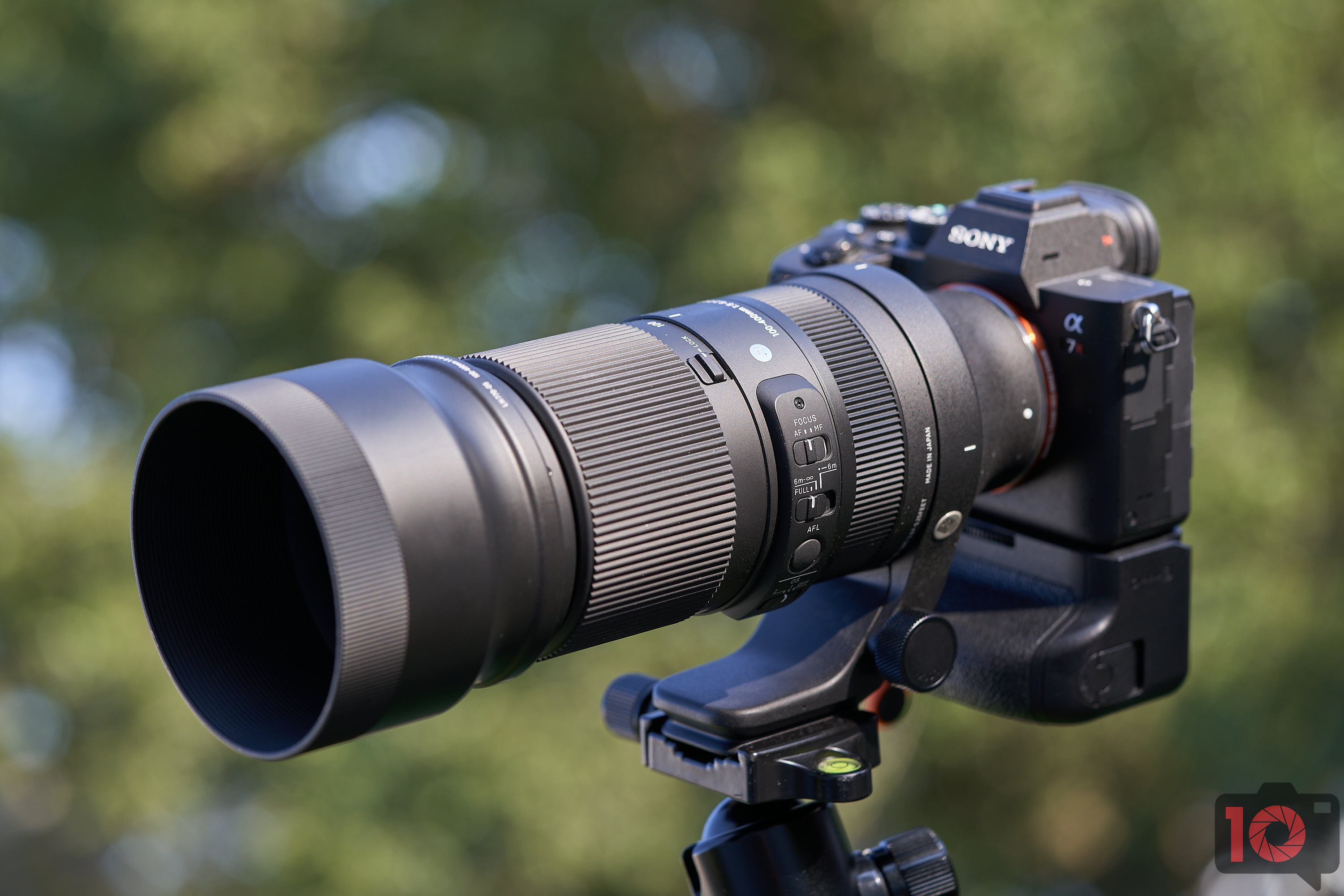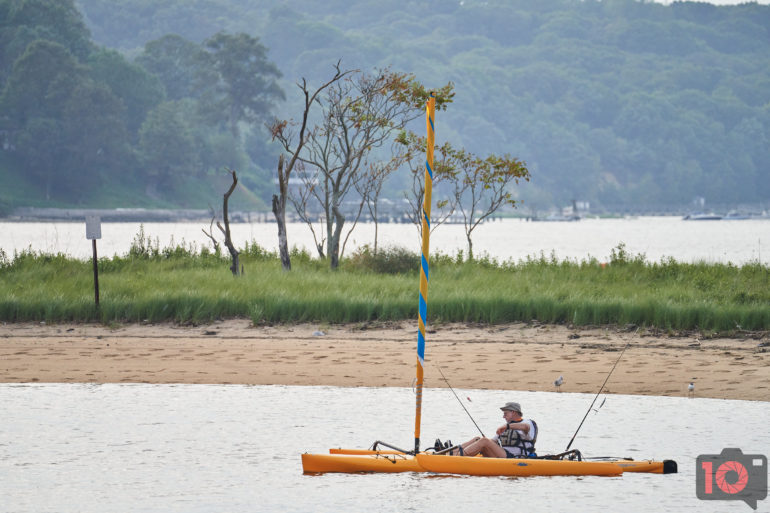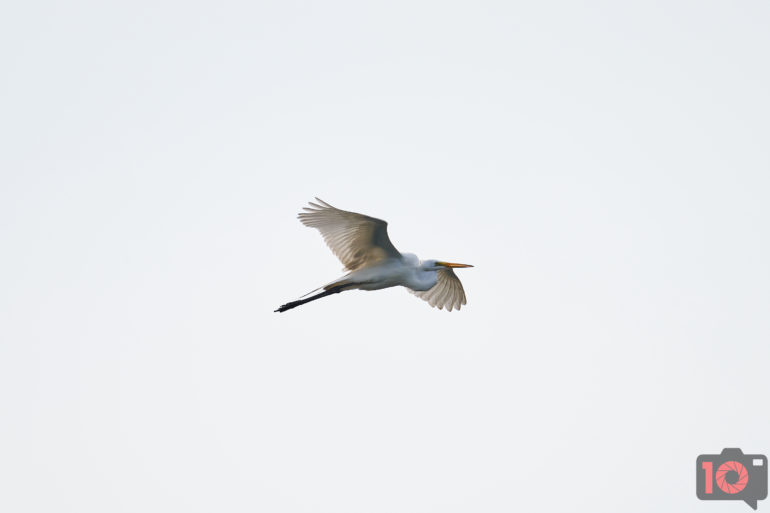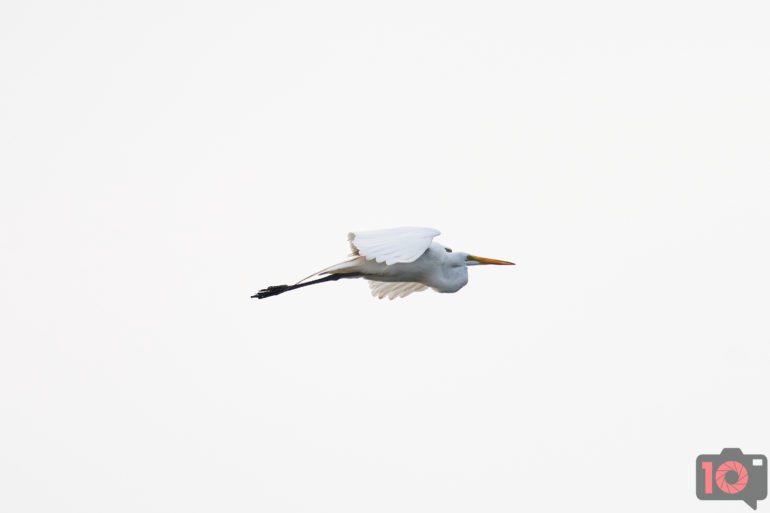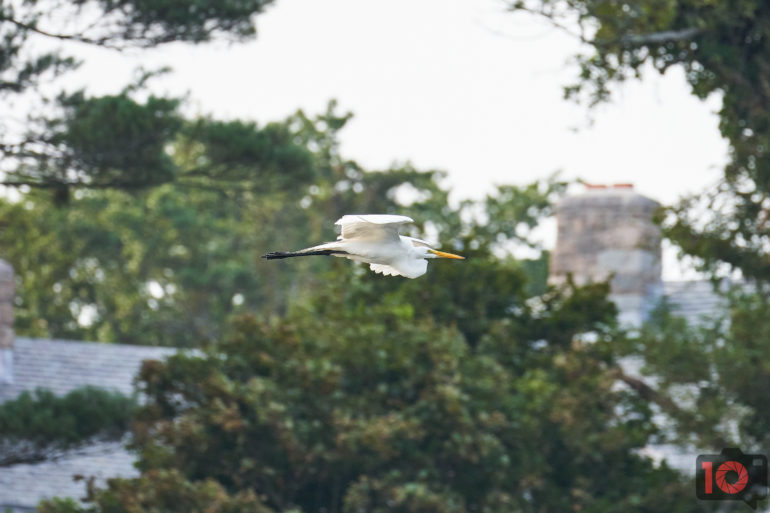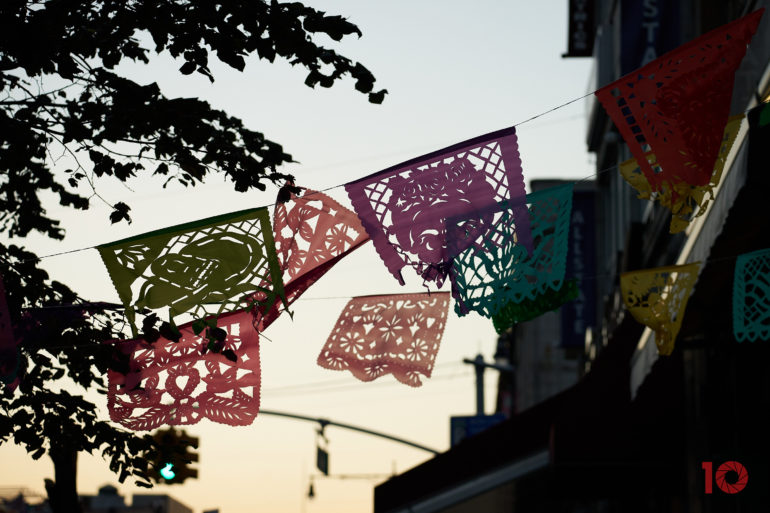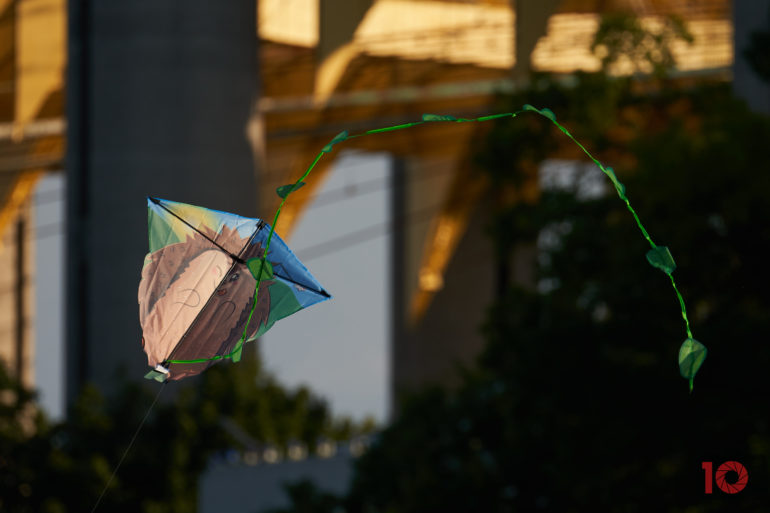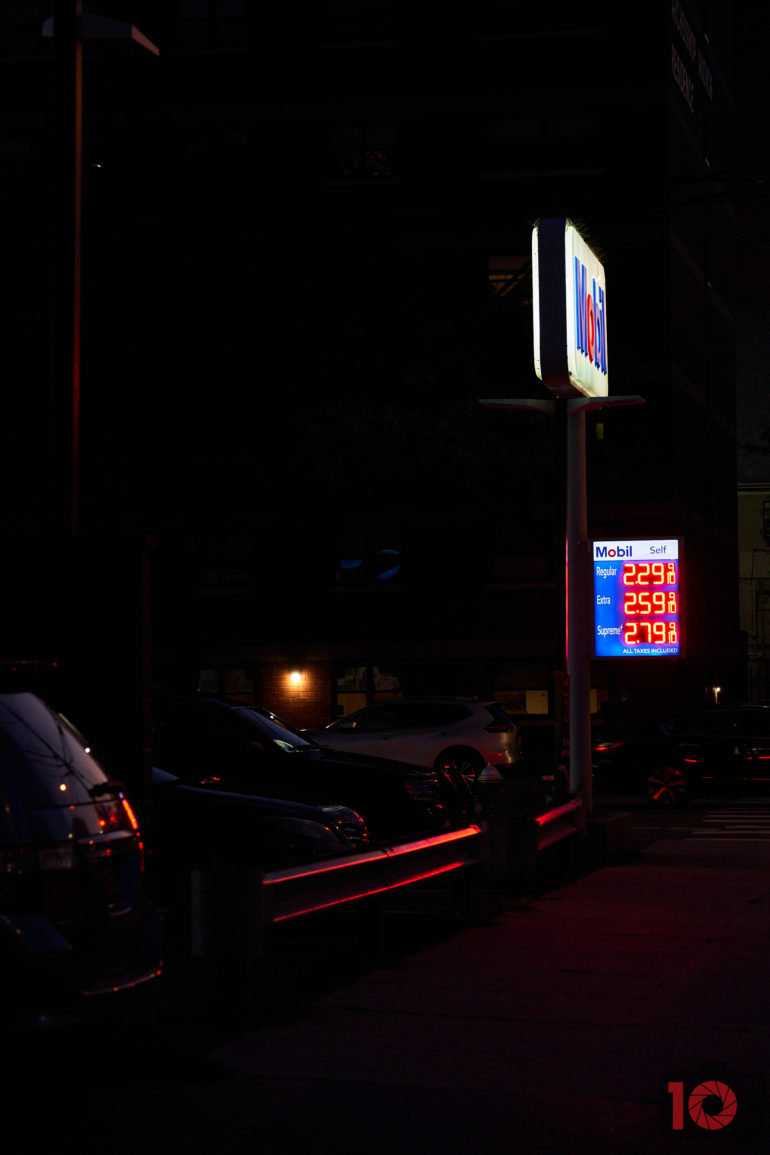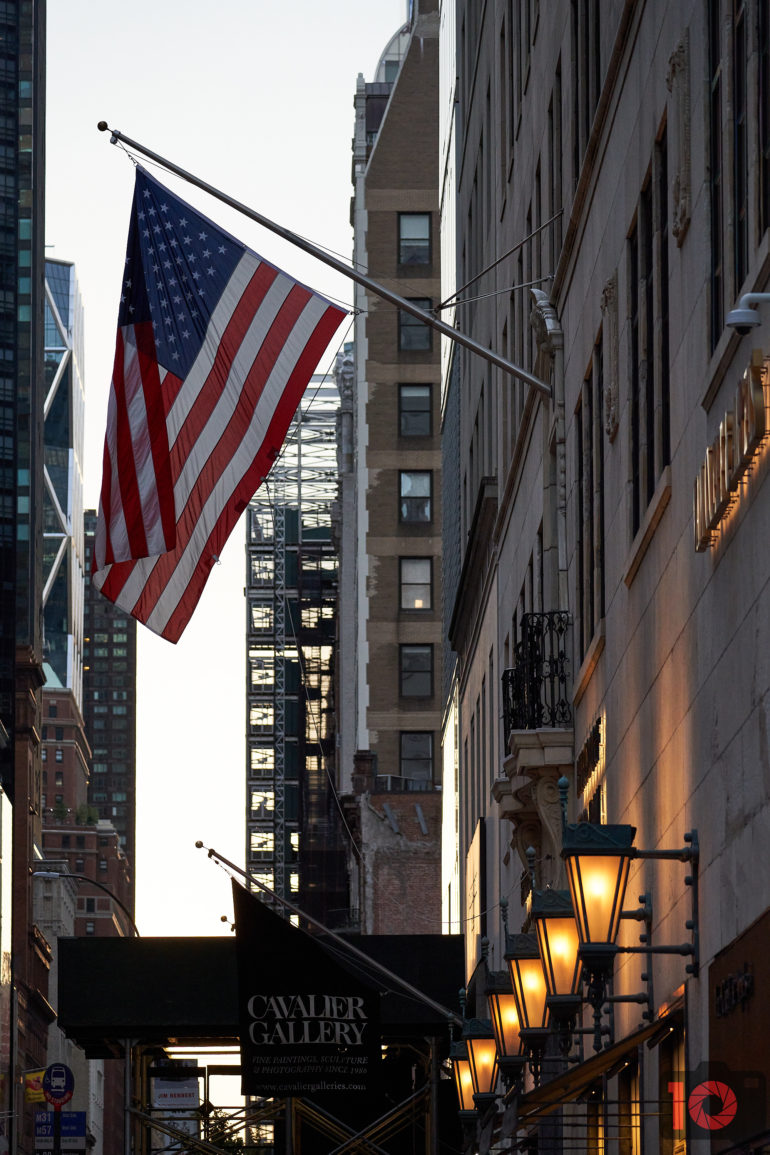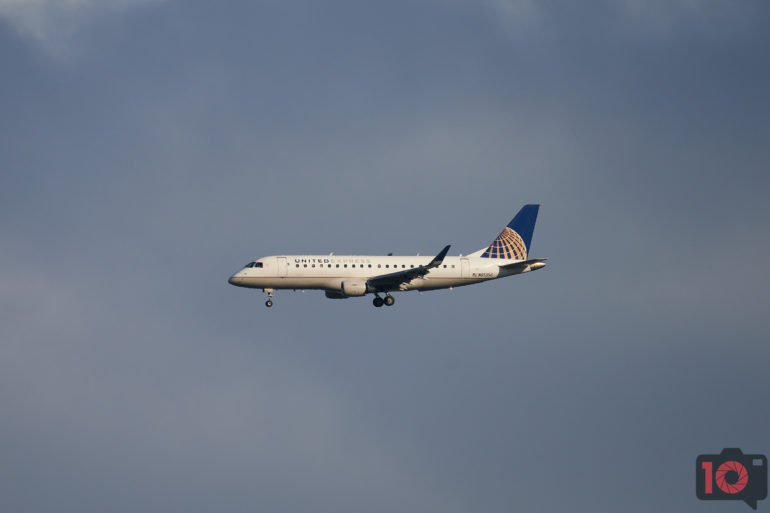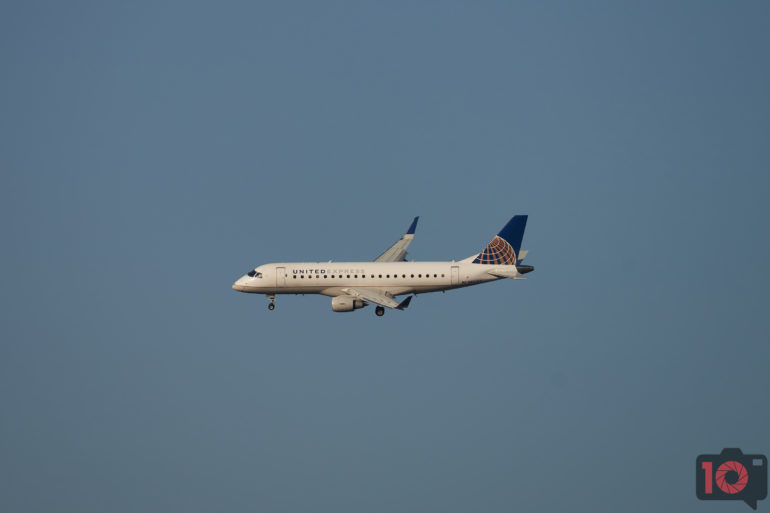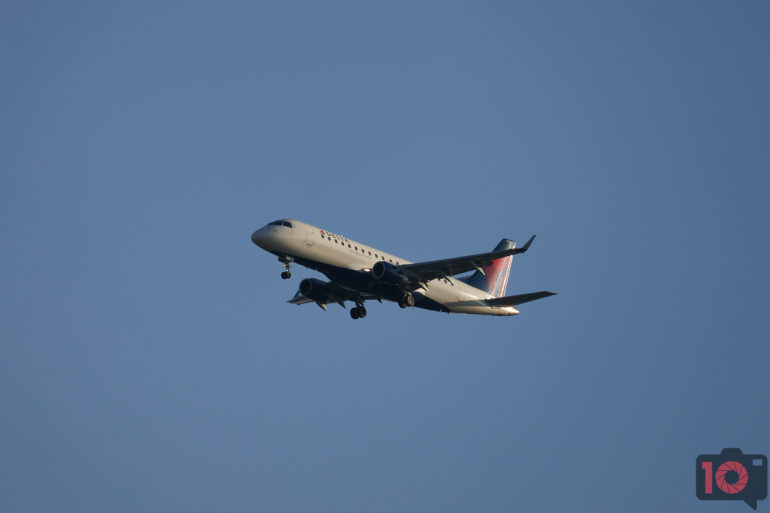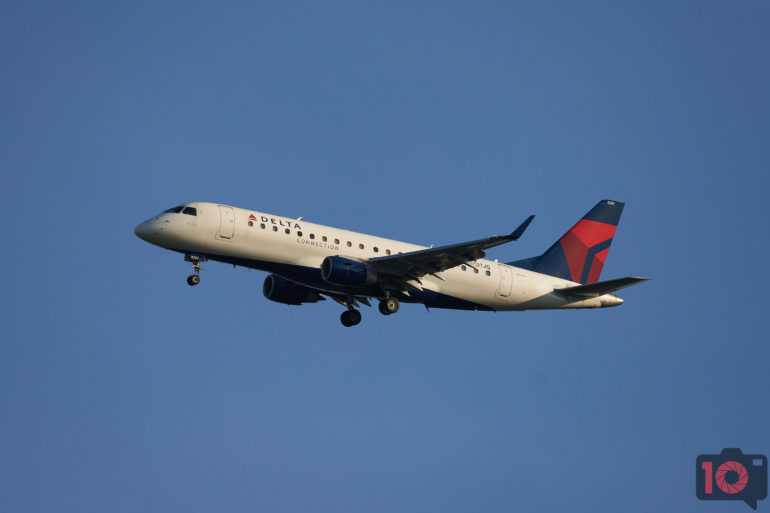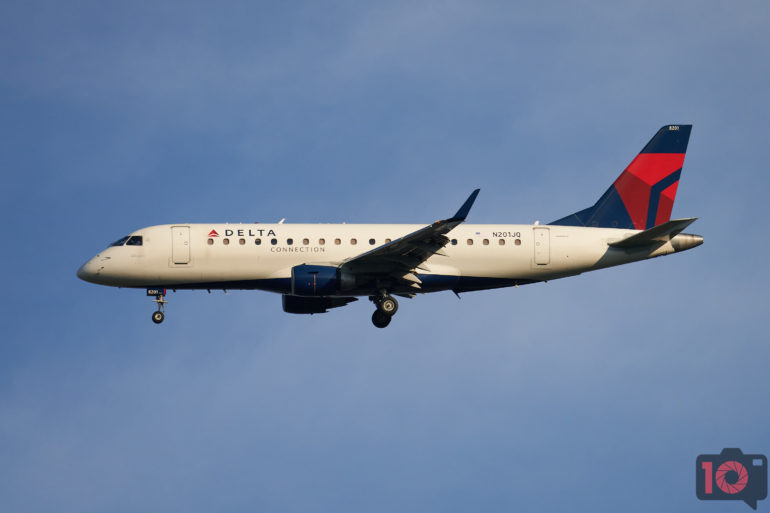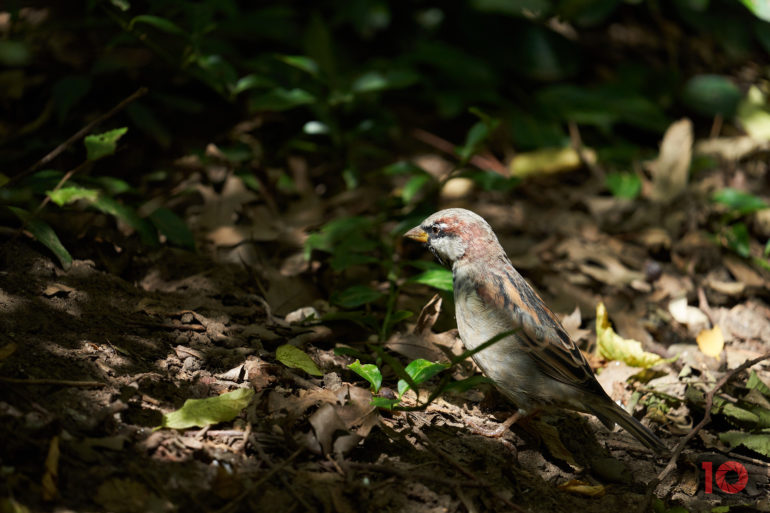The Sigma 100-400mm f5-6.3 is an affordable superzoom lens for photographers shooting E Mount or L Mount mirrorless cameras.
Many sports and wildlife photographers rely on super-telephotos. Of course, there are compromises for their versatility. The Sigma 100-400mm f5-6.3 DG DN OS Contemporary is no exception. It was designed specifically for mirrorless cameras. At the cost of a brighter aperture, Sigma kept the weight and size down. Its direct competitor, the Sony 100-400mm f4.5-5.6 G Master, has a similar tradeoff. However, the Sigma is more than 60% cheaper ($949 USD). We’ve been testing the lens for the last few weeks in Sony E Mount, but it’s available for L Mount mirrorless cameras too.
Table of Contents
Pros and Cons
Pros
- Solid build quality overall
- Excellent image quality
- Relatively lightweight and compact
- Optically stabilized
- Quick to focus in well-lit scenarios
- Very competitively priced at $949 USD
Cons
- Only the mount is weather sealed
- Autofocus falls short in low light/low contrast scenarios
- Tripod collar is not included (a $130 add-on)
Gear Used
We tested the Sigma 100-400mm f5-6.3 DG DN OS Contemporary lens with the Sony A7R IV.
Tech Specs
Tech specs for the Sigma 100-400mm f5-6.3 DG DN OS Contemporary lens taken from Sigma’s official product page:
| Lens Construction | 22 elements in 16 groups | |
|---|---|---|
| Angle of View (35mm) | 24.4° – 6.2° | |
| Number of Diaphragm Blades | 9 (Rounded diaphragm) | |
| Minimum Aperture | f22 – 29 | |
| Minimum Focusing Distance | 112(W) – 160(T)cm | |
| Maximum Magnification Ratio | 1:4.1(400mm) | |
| Filter Size | φ 67mm | |
| Dimensions (Diameter × Length) | L-Mount: φ 86.0mm × 197.2mm / φ 3.4in × 7.8in | |
| Sony E-Mount: φ 86.0mm × 199.2mm / φ 3.4in × 7.8in | ||
| Weight | L-Mount: 1,135g / 40.0oz. (PROTECTIVE COVER PT-31 included) | |
| Sony E-Mount: 1,140g / 40.2oz (PROTECTIVE COVER PT-31 included) | ||
| Edition Number* | C020 | |
| Accessories | Hood (LH770-05), PROTECTIVE COVER PT-31 supplied. |
Ergonomics
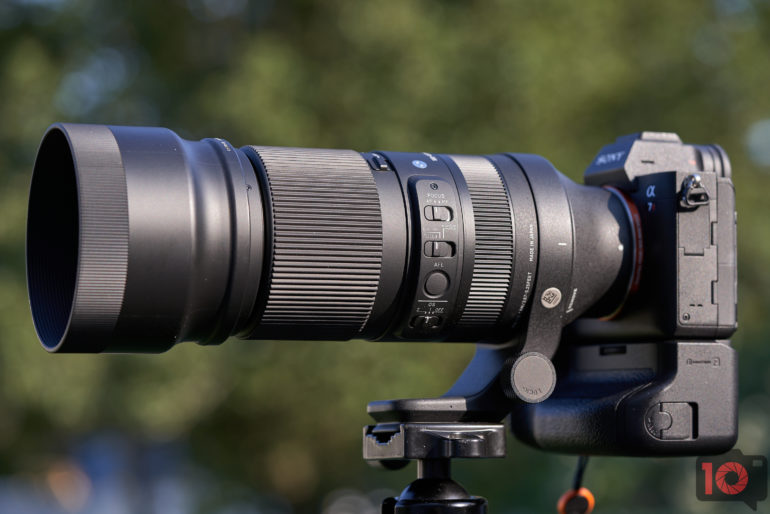
The Sigma 100-400mm f5-6.3 DG DN OS Contemporary is reasonably compact and lightweight. The exterior is mostly plastic and rubber. The base and the optional tripod collar, however, are metal. Sadly, the tripod collar is not included. It will cost you $130 extra. A “protective cover” is included instead. It’s a glorified rubber band that covers where the collar goes.
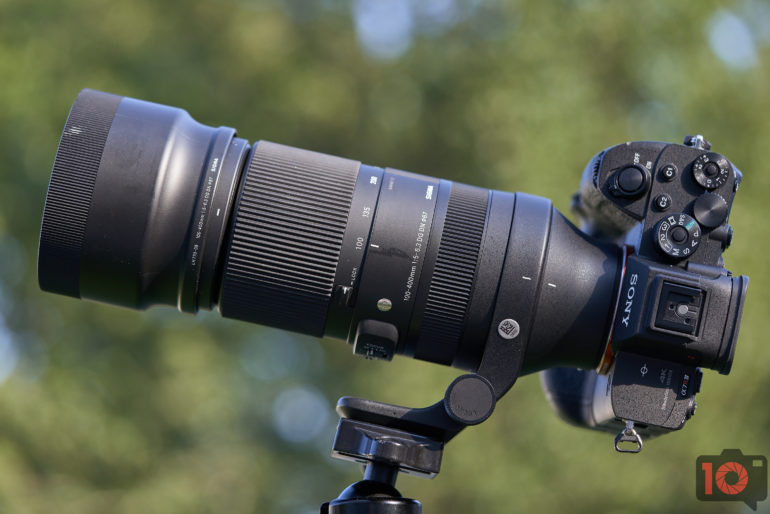
The large, lockable zoom ring is located upfront. A smaller manual focusing ring is situated near the mount. The above image shows the lens zoomed out to 100mm. With the hood attached, it can look quite long.
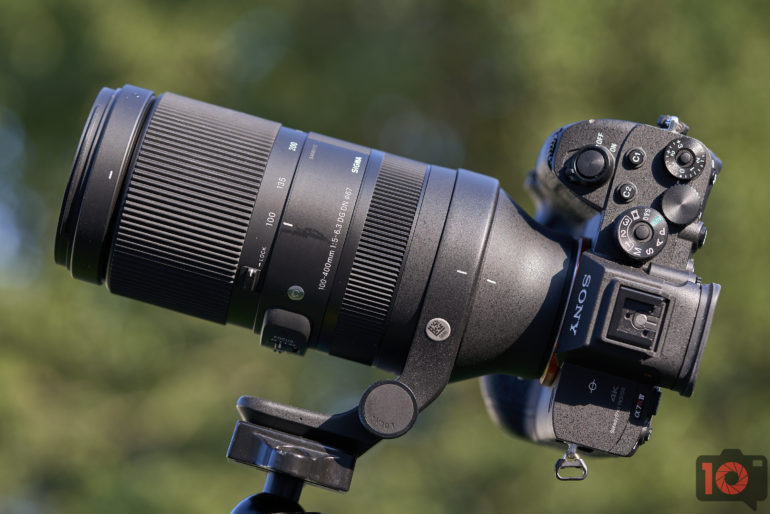
In actuality, it’s relatively compact. Removing the hood gives you a better sense of this. It’s reasonably lightweight too. It felt well balanced when paired with our Sony A7R IV (with battery grip). We never found it to be particularly front-heavy.
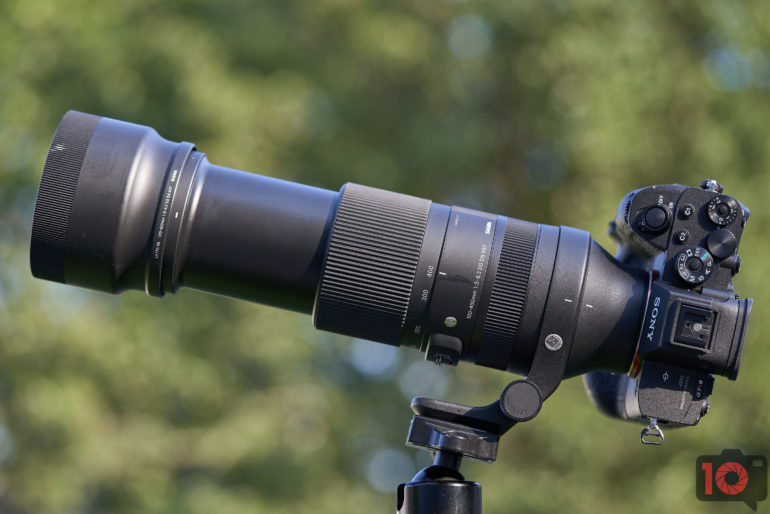
The Sigma is zoomed all the way out to 400mm here, fully extending the inner barrel. This nearly doubles the length of the lens when the hood’s attached.
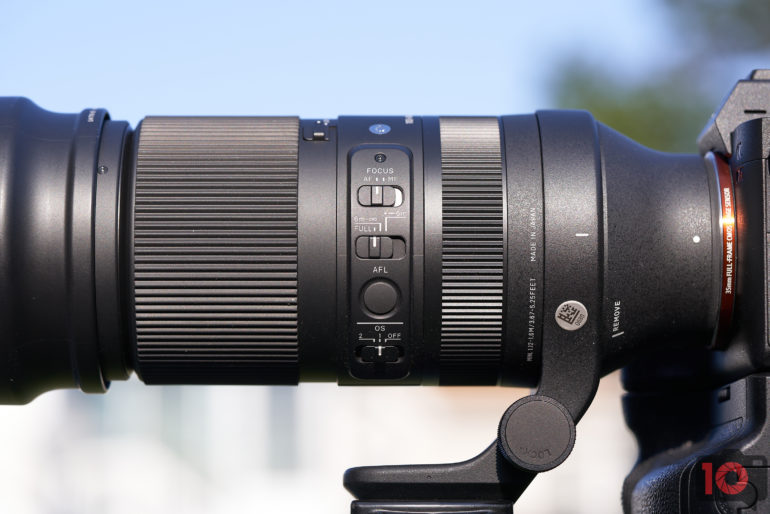
Located on the left side of the lens are the external controls: Focus Mode Switch, Focus Limiter Switch, customizable AFL Button, and the Optical Stabilization Switch.
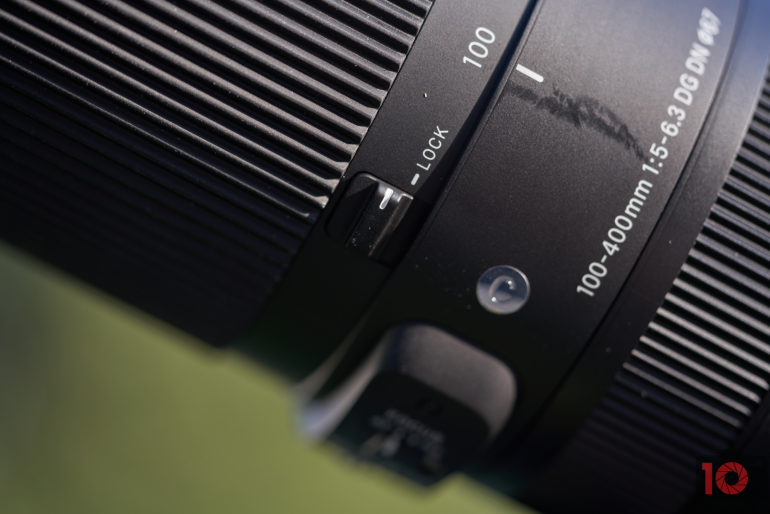
Here’s a closer look at the Zoom Ring Lock Switch. This switch prevents the inner barrel from accidentally extending. This keeps the lens as compact as possible when you’re moving quickly between locations.
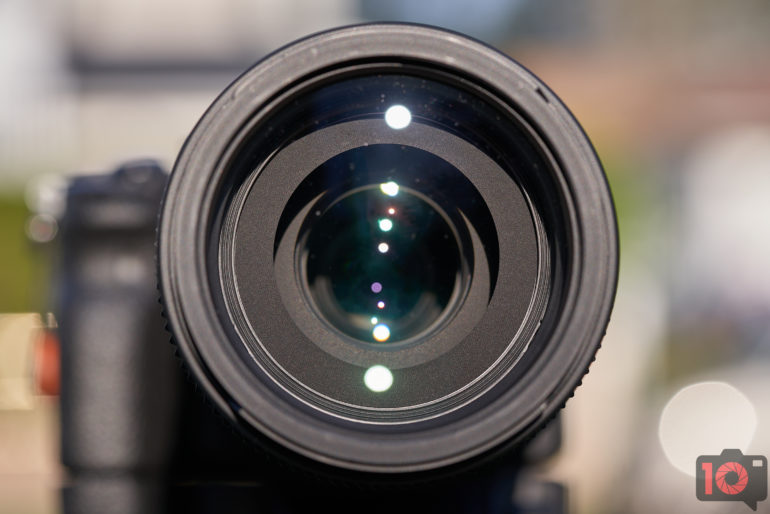
There’s not much to see upfront. It has a 67mm filter thread. You can see the various lens elements through the front element.
Build Quality
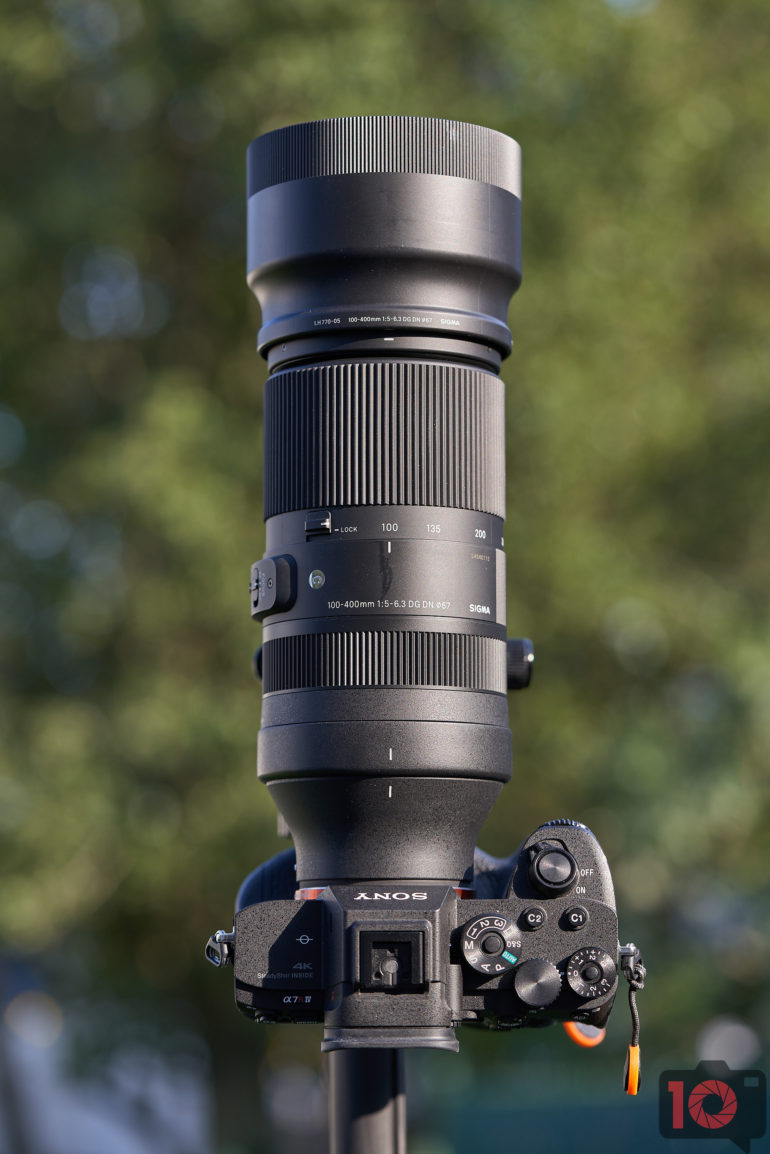
Overall, the lens feels well built. It’ll withstand a lot of abuse despite having a mostly plastic/rubber exterior. The lens survived being smacked into by countless branches through the woods and marshes without incident. Sadly, only the lens mount features weather sealing. It worked without issues in very humid conditions, but we’re hesitant to take it out into the rain.
Ease of Use
Thankfully, the Sigma boasts four stops of image stabilization. It also works with your camera’s IBIS. Combined, they help mitigate the inevitable camera shake issue. Those with shaky hands should still shoot at reciprocal shutter speeds or faster. This aside, the Sigma 100-400mm is a simple lens. Mount it onto your camera, zoom in as desired, set your aperture, and you’re good to go. The lens’s dedicated Focus Mode Switch lets you quickly toggle between auto and manual focus instead of diving into the menus. There is also a Focus Range Limiter and customizable AFL button too. Lastly, the OS switch lets you fine-tune the image stabilization.
Only the L mount version of the lens is compatible with the TC-1411 and TC-2011 teleconverters. They extend the lens’s reach to 140-560mm and 200-800mm, respectively. However, the maximum apertures will drop to f7-9 and f10-12.6.
Autofocus
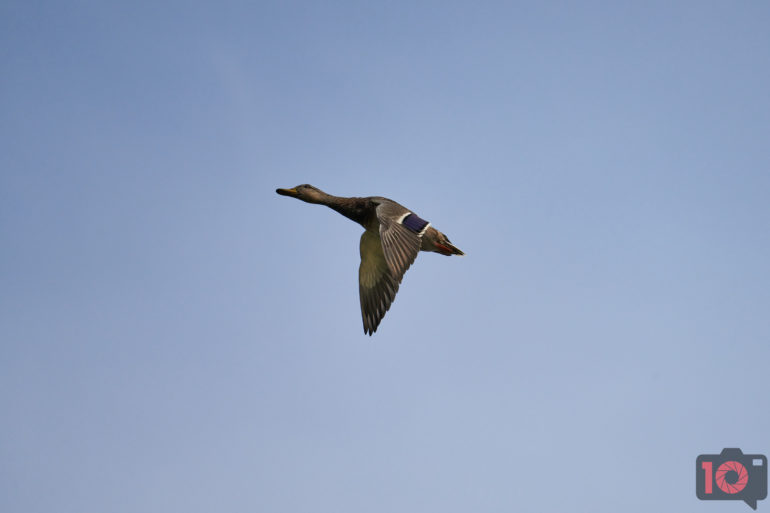
The Sigma 100-400mm f5-6.3’s autofocus is accurate and precise if there’s sufficient light available. It’s slightly slower compared to Sony’s 100-400mm f4.5-5.6 G Master. Understandable given the Sigma’s dimmer maximum apertures. It’s compatible with all the advanced focusing modes on the Sony A7R IV. This made tracking birds and cyclists easy. For the best results, remember to take advantage of the Focus Range Limiter. Below are a few autofocus tracking examples.
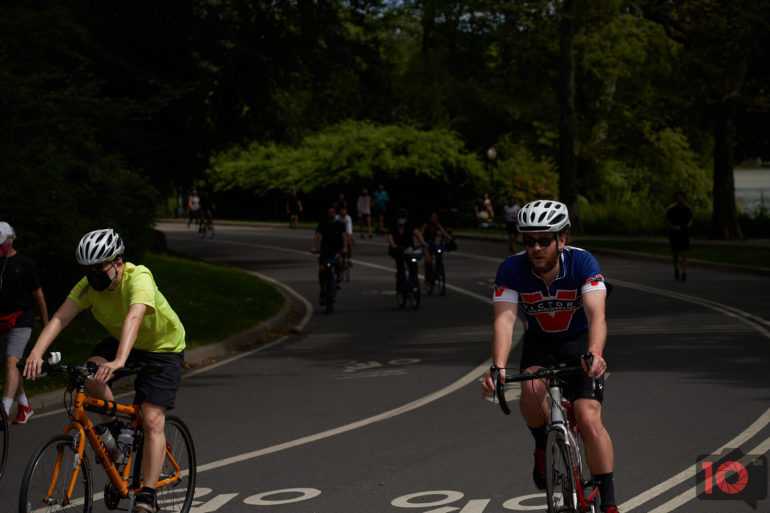
f6.3 | ISO 100 | 1/800s
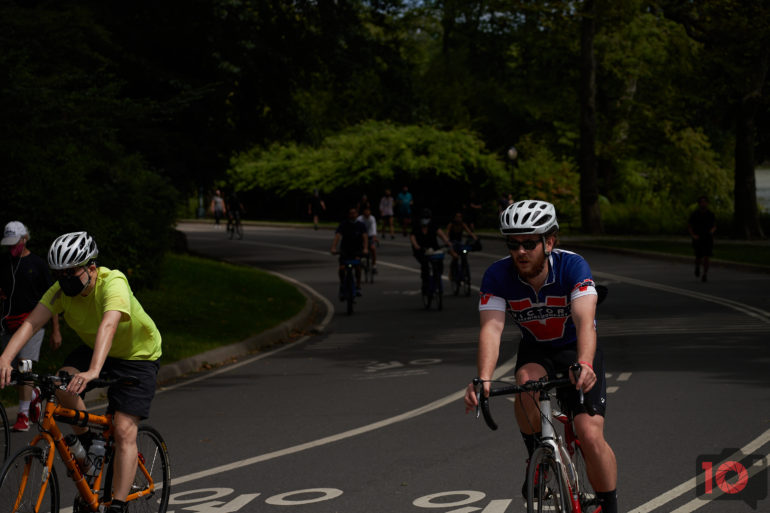
f6.3 | ISO 100 | 1/800s
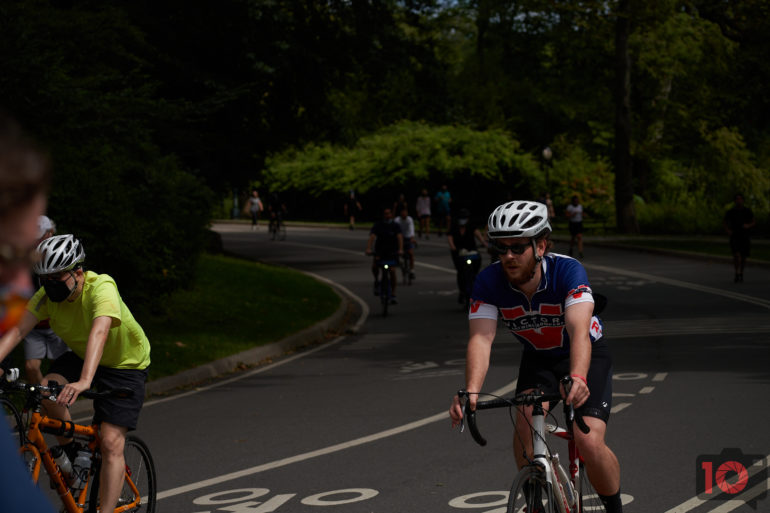
f6.3 | ISO 100 | 1/800s
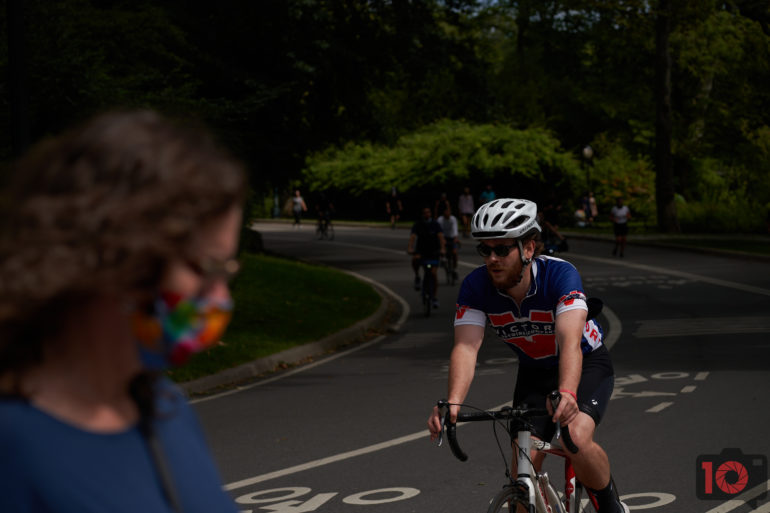
f6.3 | ISO 100 | 1/800s
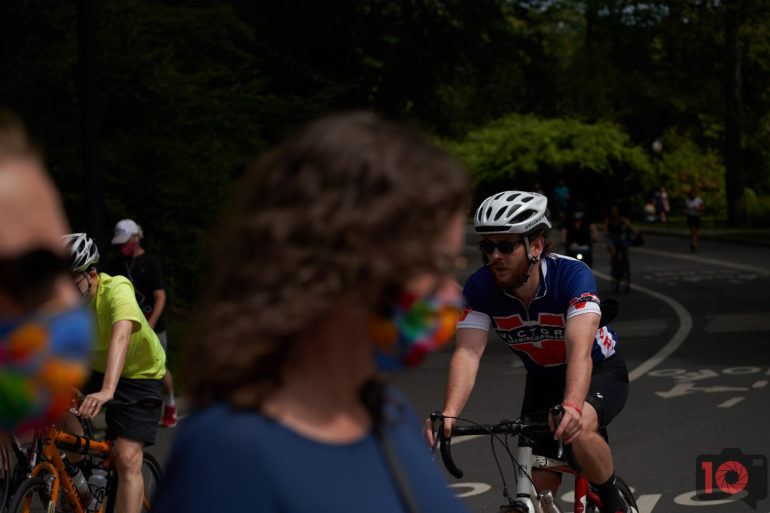
f6.3 | ISO 100 | 1/800s
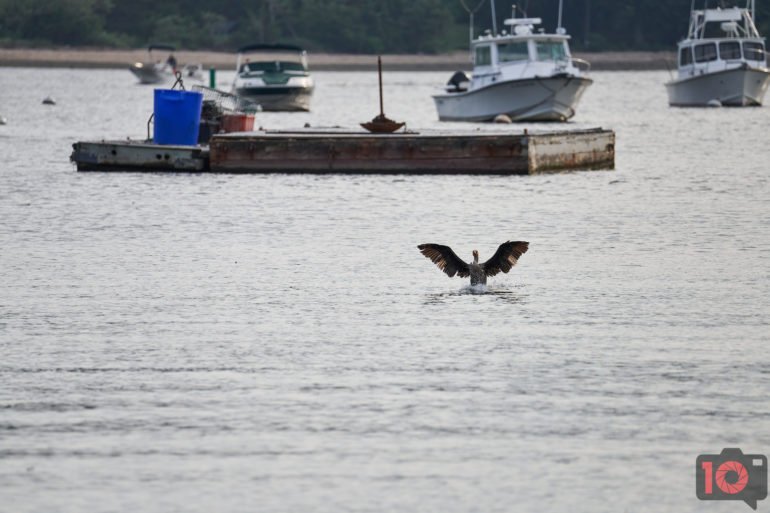
f8 | ISO 400 | 1/1250s
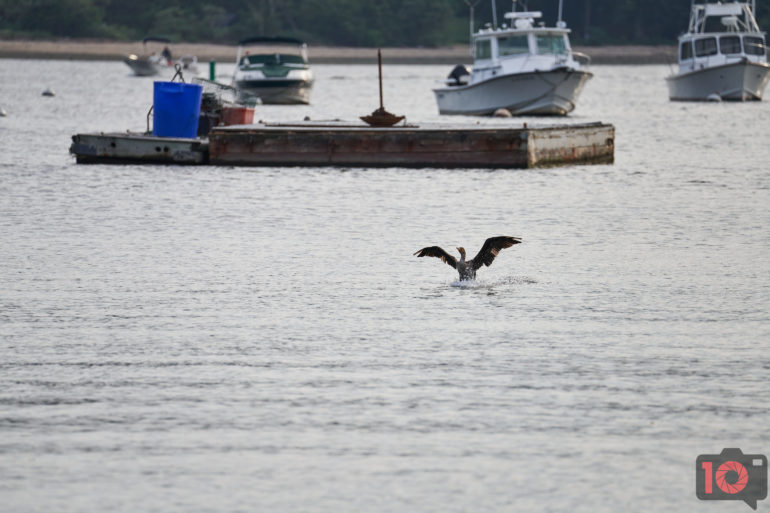
f8 | ISO 400 | 1/1250s
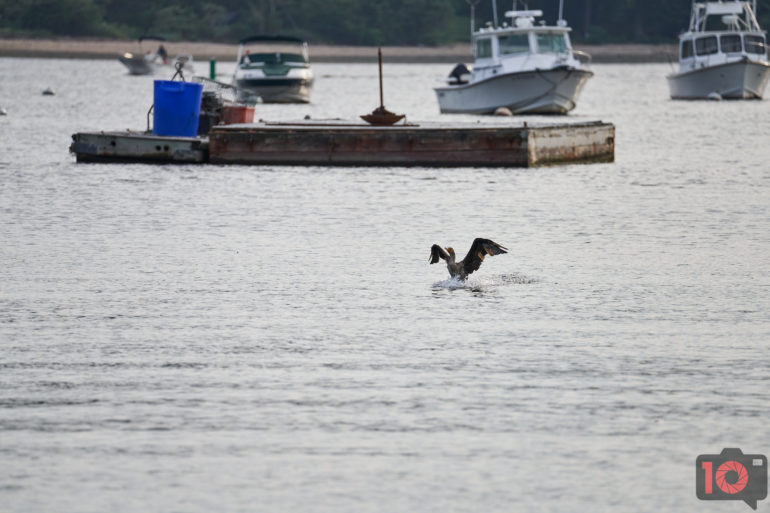
f8 | ISO 400 | 1/1250s
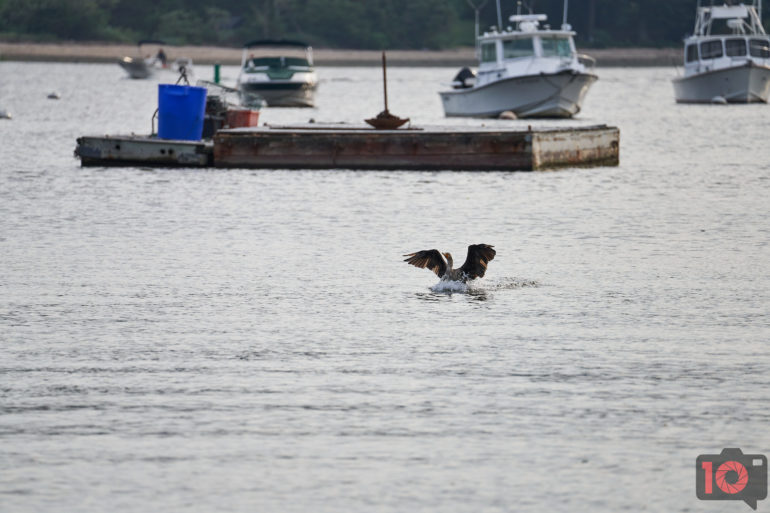
f8 | ISO 400 | 1/1250s
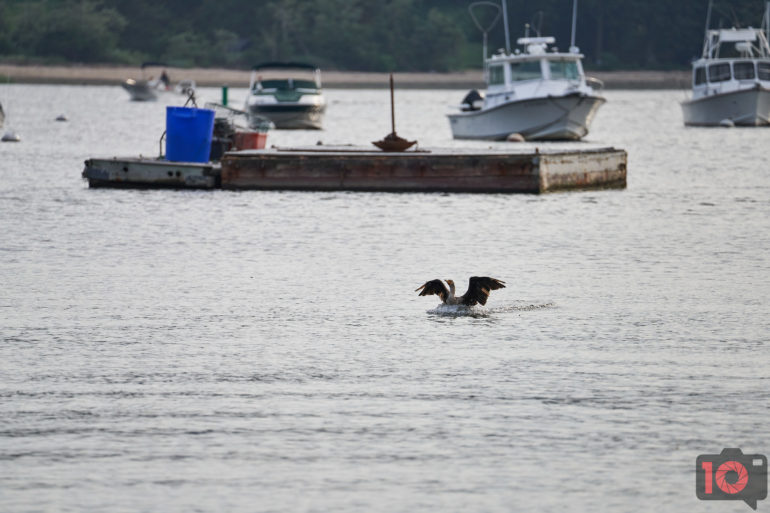
f8 | ISO 400 | 1/1250s
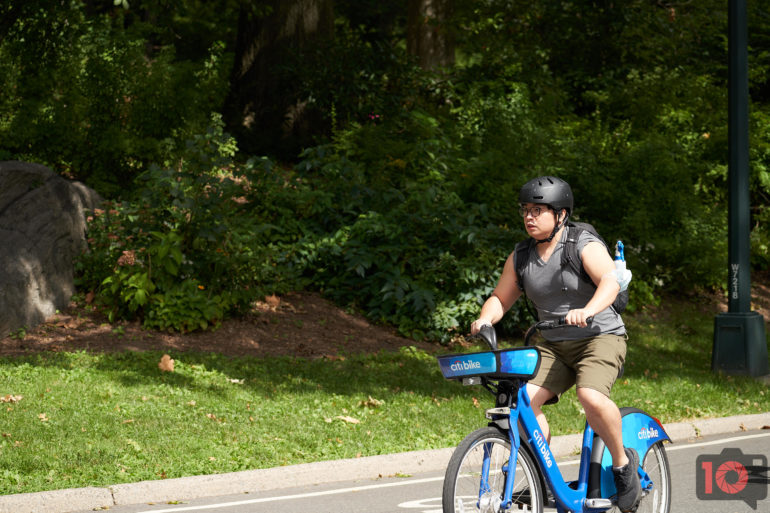
f6.3 | ISO 400 | 1/1000s
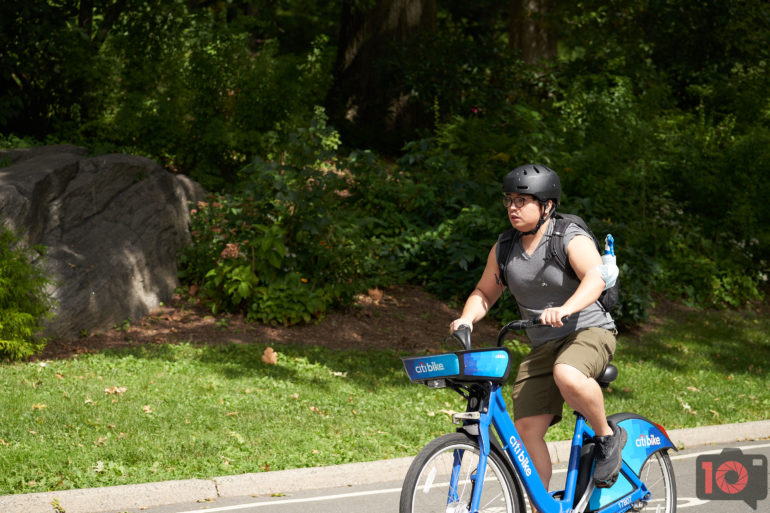
f6.3 | ISO 400 | 1/1000s
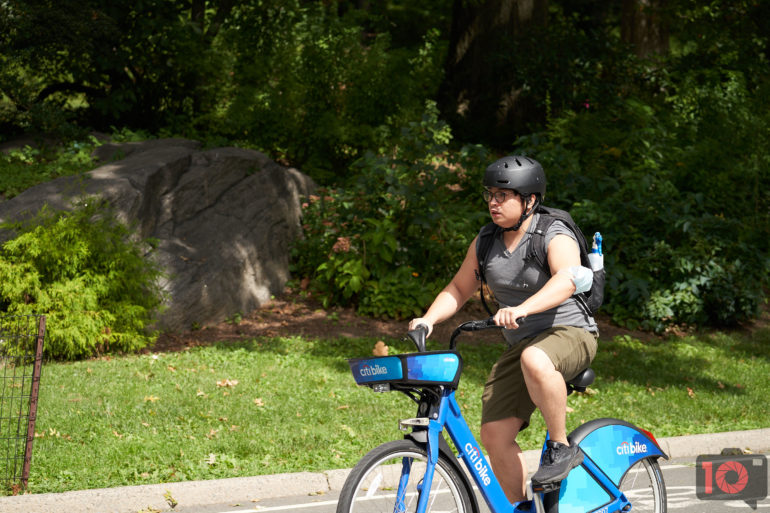
f6.3 | ISO 400 | 1/1000s
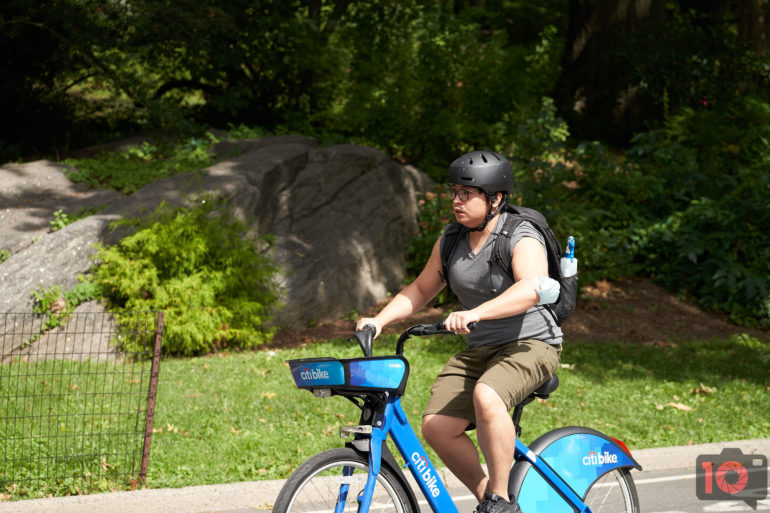
f6.3 | ISO 400 | 1/1000s
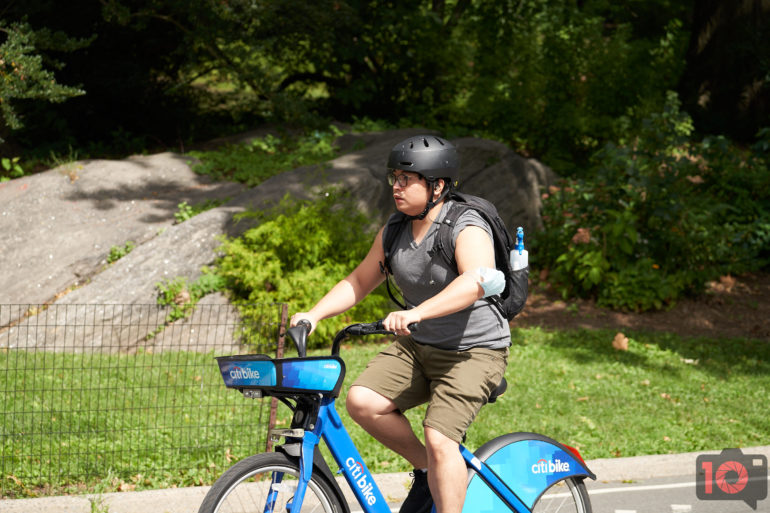
f6.3 | ISO 400 | 1/1000s
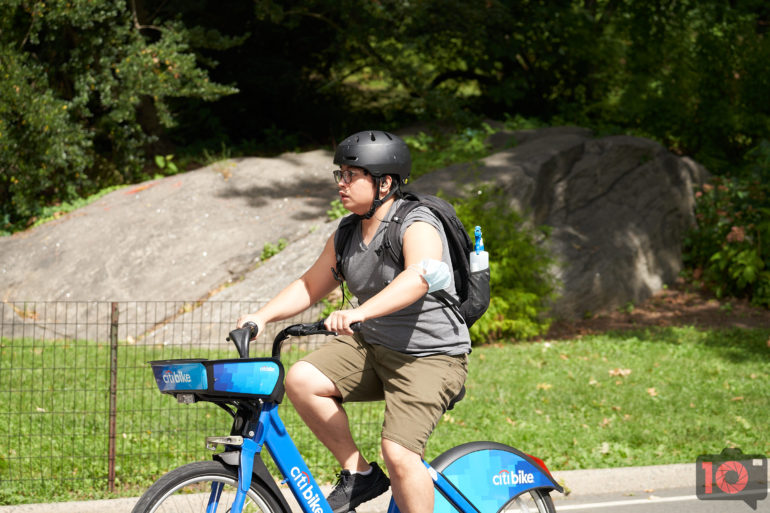
f6.3 | ISO 400 | 1/1000s

f6.3 | ISO 400 | 1/1000s

f6.3 | ISO 400 | 1/1000s

f6.3 | ISO 400 | 1/1000s

f6.3 | ISO 400 | 1/1000s
The Autofocus suffers in low light/low, understandably. The Sigma is prone to hunting and will miss focus altogether at times. You’ll want to pair it with a camera with great low light performance. Turning exposure preview off can also improve autofocus somewhat.
Image Quality
The Sigma 100-400mm f5-6.3 DG DN OS Contemporary produces excellent image quality overall. The results are sharp with accurate colors. Let’s dive deeper.
Bokeh
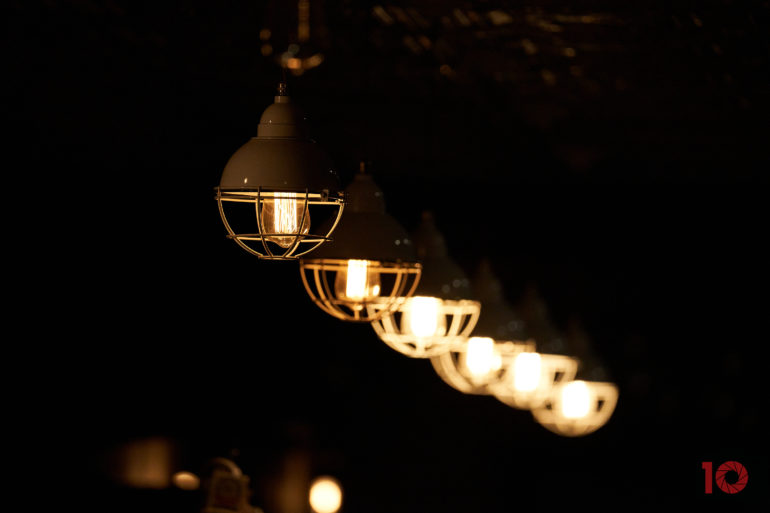
Don’t expect the same creamy bokeh from fast aperture primes here. However, the bokeh from the Sigma is still quite pleasing. The transition between in and out of focus elements are smooth and pleasant.

For the best results, keep ample distance between your subject and their surroundings. Background elements simply melt away.
Chromatic Aberration
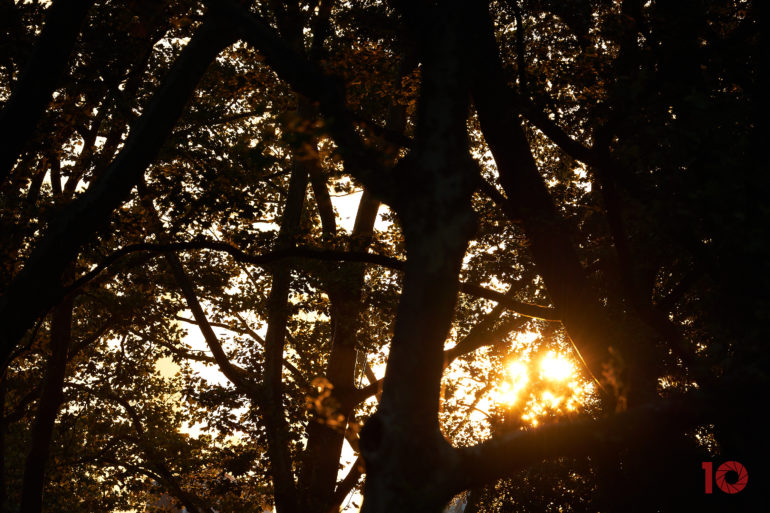
There’s some slight vignetting with the Sigma. However, it’s very easy to correct in post. We also didn’t notice any significant flaring or color fringing. Unless you’re shooting directly into super bright light sources, you won’t notice any. This is to be expected for a lens of such a narrow field of view.
Color Rendition

The Sigma renders accurate and natural colors. You can obviously fine-tune this further during post-processing. Most photographers, however, will be happy with straight out of camera results.
Sharpness

In focused subjects appear very sharp with the Sigma. It’s the least sharp at the wider end, but you’ll only notice when pixel peeping. There’s sharpness in spades as you move beyond 200mm. We didn’t find any significant fall-off between 200-400mm either. Stopping down by a stop or two will also net the sharpest results.
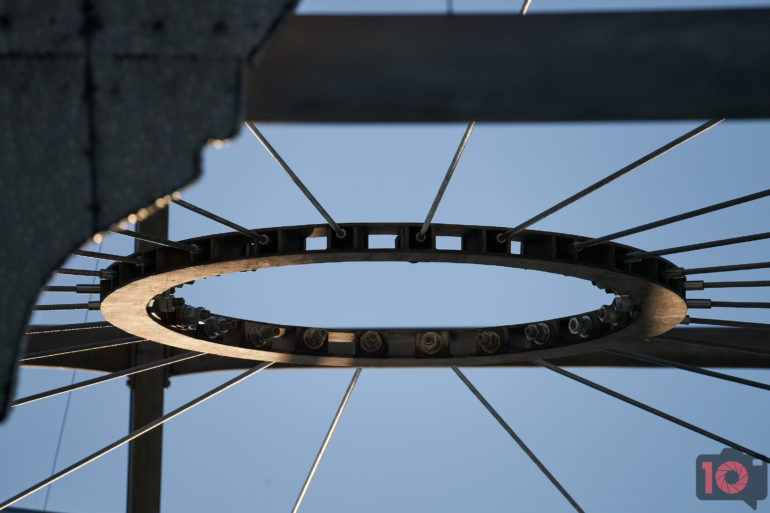
Extra Image Samples
Here are some additional sample images using the Sigma 100-400mm f5-6.3 DG DN OS Contemporary lens on the Sony A7R IV. All of these images were processed using Capture One 20 Pro (Build 13.1.2.35). Processing ranged from color grading, levels adjustment, cropping, and/or perspective correction. As a matter of ethics, however, none of the sample images seen within this review have been retouched. We’ve done this to let you judge the image quality produced using this filter system for yourself.
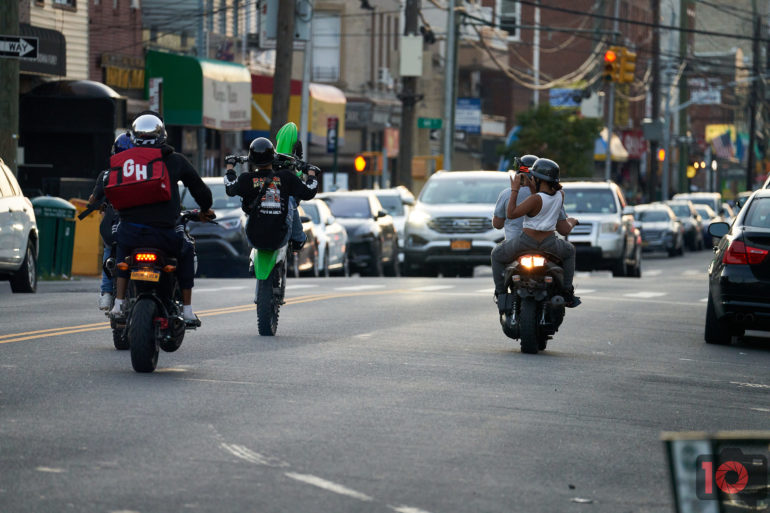





Conclusion
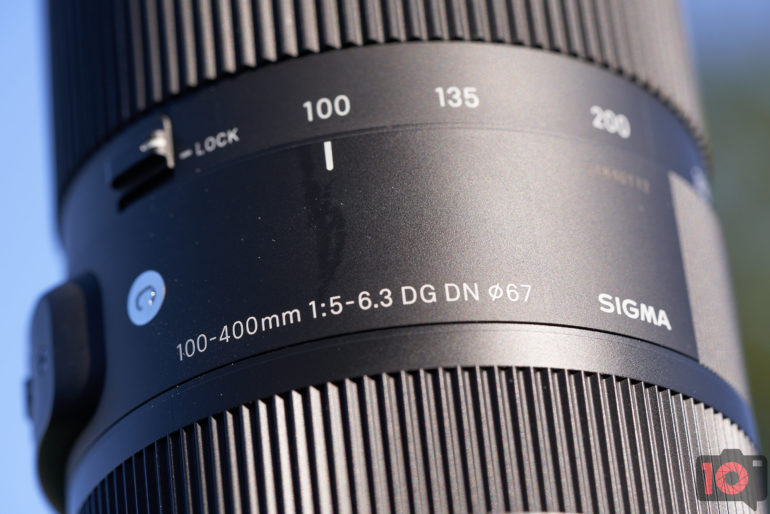
Likes
- Build quality
- Image quality
- Built-in image stabilization
- It’s an absolute bargain at $949
Dislikes
- Tripod collar sold separately
- Not fully weather-sealed
The Sigma 100-400mm f5-6.3 DG DN OS Contemporary is an outstanding value at only $949 USD. It’s a budget superzoom many wildlife and sports photographers will love. The results are sharp with accurate colors. Performance is also comparable to Sony’s excellent 100-400mm f4.5-5.6 G Master. The Sigma is even smaller and lighter. However, the Sigma only has weather-sealing at the mount. The Sony, by comparison, is fully weather-sealed. The Sigma’s maximum aperture is also slightly dimmer as well. If these aren’t dealbreakers, you can save a ton by going with the Sigma (over $1,500 USD). We just wish Sigma would’ve included the tripod collar with the lens.

The Sigma 100-400mm f5-6.3 DG DN OS Contemporary lens earns four out of five stars. It’s available now for $949 USD for both E Mount and L Mount.


